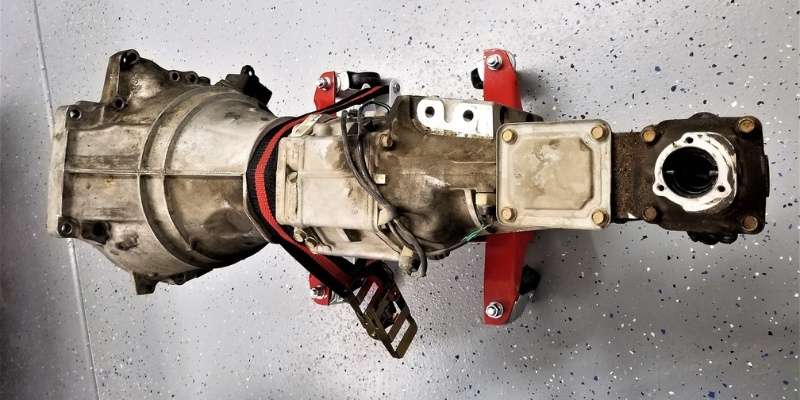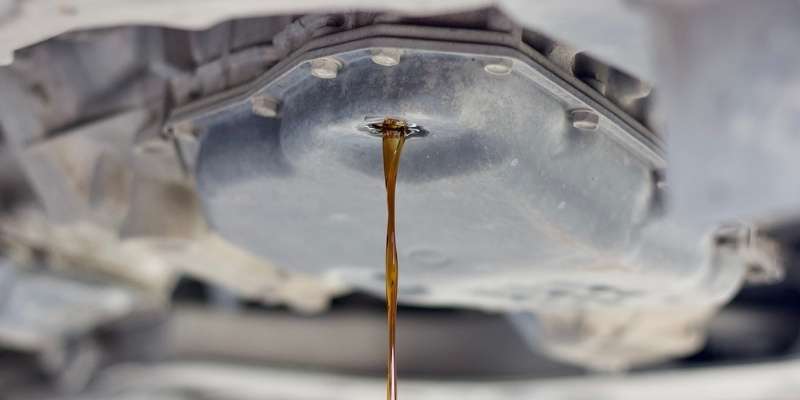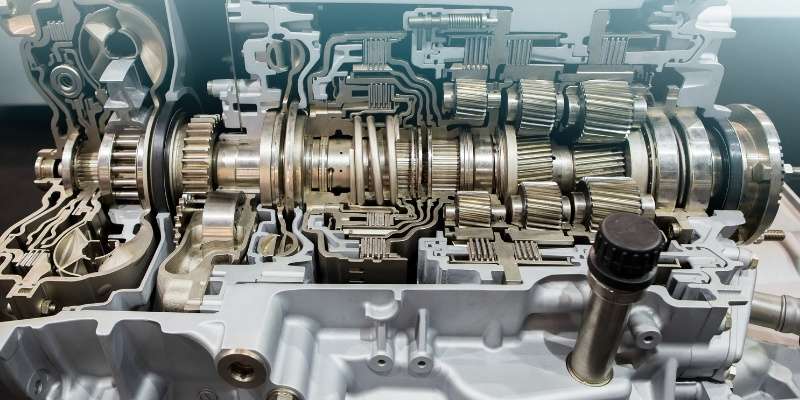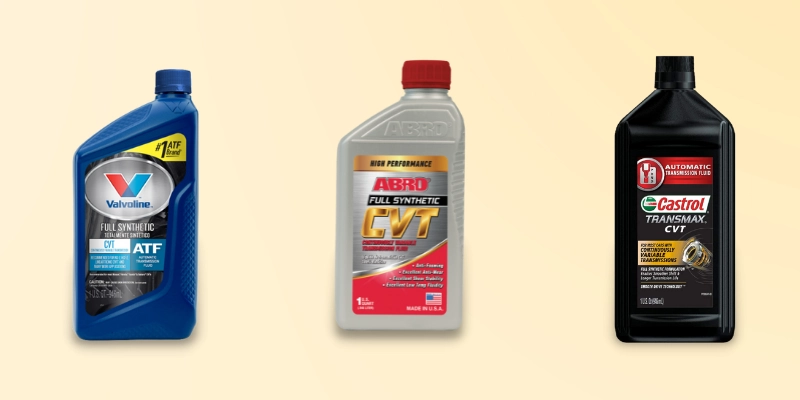If you own a car with a manual transmission, you know a few clutch system parts. The clutch is an essential part of your car’s drivetrain that you must engage when shifting gears.
When the clutch fails, it’ll disrupt your normal driving experience.
You may not be able to shift between gears properly. In worse cases, you may not be able to shift the gears at all.
However, the vehicle will offer optimal performance once you fix the clutch issues. But how much will it cost you to fix the clutch?
Here, we’ll explain clutch replacement cost in 2022, signs of a bad clutch, how a clutch works, and walk you through how to replace the clutch yourself. But first, what’s the average clutch replacement cost?
How Much Does a Clutch Replacement Cost?
So what is the average cost of clutch replacement? The clutch replacement cost depends on your vehicle’s make and model. First, however, we’ll tell you the average price.
This means you can either pay higher or lower, depending on the faulty components, the vehicle makes and model, the region, and the service technician carrying the repair.
The average clutch replacement cost is $1000. You can expect to pay around $700 to $1500 depending on the faulty components on your vehicle and how long it’ll take the service technician to complete the task.
The replacement parts will cost between $300 to $800, while the automotive mechanic will charge you around five hours for the repair. The service fee also depends on the technician doing the job.
For instance, a dealership will charge you higher than a repair shop.
How A Car’s Clutch Works
Both manual and automatic transmissions have clutches. But you may not know that the automatic transmission has a clutch because they require no extra effort from you.
On the other hand, the clutch on manual transmissions requires the driver to depress the clutch pedal and manually select gears.
The clutch is responsible for transferring energy from the engine to the transmission. The transmission then distributes the energy to the drive shafts to turn the wheels as the engine runs.
Let’s explore more about how this mechanism works.
When you start your vehicle, the camshafts and the crankshaft inside the engine reciprocate in sync.
Each vehicle has a special flywheel that attaches to the rare end of the crankshaft. The clutch disc is attached to the other side of the flywheel.
Since the clutch disc and the flywheel are connected, both the flywheel and the clutch disc spin as the crankshaft rotate. As the disc rotates with the flywheel, it transmits the engine power to the transmission and power the axles to spin.
Another clutch component, the pressure plate, pushes the disc against the flywheel.
Manufacturers design it with solid springs that hold the clutch disc against the flywheel. The throw-out bearing disengages the clutch pressure plate when the driver applies the clutch pedal.
As you depress the clutch pedal, the hydraulic fluid travels to the slave cylinder and master cylinder. The hydraulic pressure then disengages the clutch. As a result, you can easily shift gears between different gear ranges.
The moment you remove your foot from the clutch pedal, the clutch pushes the flywheel and starts transmitting engine power to the transmission.
As the engaging and disengaging of the clutch takes place, the clutch will eventually wear off. It’ll start making intermittent contact with the flywheel. This will cause the clutch to slip. It is pretty common to confuse transmission slipping with a slipping clutch. In any case, these are different but have similar problems.
You’ll need a service technician to track the culprit and decide whether you need a transmission service or a clutch repair. Most times, you’ll need a clutch replacement when this happens.
Symptoms of a Bad Clutch
Several vehicle components will display signs to notify the driver of an impending problem in the system when a component fails. A bad clutch system is no exception.
Here are the signs you should watch out for when you suspect you have a bad clutch.
Slipping clutch
A common sign of a bad clutch is a slipping clutch. When a clutch fails, it’ll start slipping. If your clutch slips, you will notice changes in engine movement.
For example, the vehicle will not run at the same speed as the engine.
This will become more noticeable when towing load or when driving uphill. If you ignore it for an extended period, you’ll start noticing it when accelerating or decelerating.
If the clutch fails completely, the vehicle will not engage as the engine is running. It’ll prevent the vehicle from moving.
But before a complete clutch failure, the vehicle will occasionally pull out of gear. This will be more obvious in some vehicles than others.
Hard gear shifting
As reiterated above, you’ll experience hard gear shifting with a bad clutch. If you experience hard gear shifting on a manual tranny, the clutch is likely the cause.
On the other hand, if your automatic tranny delays or struggles to shift between gears, you likely have a bad clutch.
However, it is worth noting that several issues can cause delay shifting in automatic transmissions.
The clutch pedal goes to the floor
If your clutch pedal goes to the floor, the release bearing, the hydraulic systems or the clutch plates are the culprits. In such situations, first, check the fluid level and top it if needed.
That can be all you need to get the clutch pedal to the normal level and enjoy optimal performance.
Sometimes, it could mean the clutch system is bad and will require dropping the transmission to inspect and replace damaged components.
Either way, do not stress the system for an extended period because a lousy component can damage related components over time.
Strange noise from the clutch
One of the common symptoms of a bad clutch is strange noises.
If you hear rattling noise, grinding noise, clicking noise, or squealing noise when engaging or disengaging the clutch, the system has underlying problems and requires attention.
Typically, you won’t hear any noise from a good clutch inside the vehicle. However, once the clutch starts making audible noises, contact your mechanic for a thorough inspection and fixes.
Stiff or soft clutch pedal
A clutch pedal should always remain as it is. For instance, your clutch pedal should not be stiff or too soft. Any changes on the clutch pedal on how it feels on depressing shows the pressure plate has some issues. In such situations, a service technician will have to inspect the entire clutch assembly.
In any case, a stiff clutch pedal is a primary sign of lousy clutch master cylinders. If you notice and replace the unit, the vehicle will perform excellently.
However, whenever the pedal becomes soft or stiff, check the clutch pedal assembly first.
Some clutch pedals on newer cars use hydraulics. Therefore, it is essential to check the clutch pedal assembly.
Clutch pedals go higher
As the clutch ages, the pedal’s physical height increases. This is quite common for older vehicles that use clutch rods. However, you may not notice the increase in pedal height in modern vehicles because they use hydraulic pressure.
You may not have to adjust the clutch when the pedal goes up in older cars until you notice the other symptoms above. Newer vehicles have a self-adjusting clutch. This means you don’t need to adjust it.
FAQs
How long can a clutch last?
Can a clutch fail suddenly?
Can ride the clutch damage it?
It is important to note that the stress will not be significant by riding the clutch a few times. However, it is important not to ride the clutch at all.
Final words
Clutch replacement is pretty expensive because it is a time-consuming repair job, and the replacement parts are costly. So, on average, you should budget to spend around $1000 for a clutch replacement cost.
It is an intermediate repair that you can do yourself and save the extra service fee. However, you should be ready to invest 5-8 hours of your time and have the necessary repair tools.





